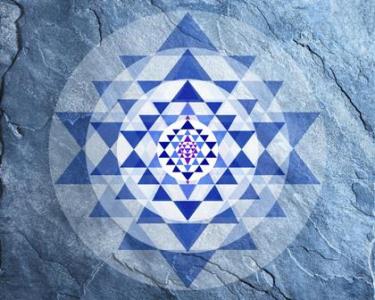Document Type
Audio File
Publication Date
2011
Abstract
Structure and Process: Integral Philosophy and the Triple Transformation What is the locus and what are the parameters of integrality? This question can be answered in many ways, but these can be generally reduced to two forms of description – structural and processual. Structural descriptions tend to be ahistorical or see time as a function of space. Processual descriptions tend on the other hand, to see space as a function of time. Sri Aurobindo’s teachings on integrality have been couched in both these forms, but there are important existential differences in the human adaptation to these descriptions. What are these differences and their implications; and what is the relationship, if any, between structural and processual descriptions seen in terms of human adaptation?
Recommended Citation
Banerji, Debashish, "Structure and Process: Integral Philosophy and the Triple Transformation" (2011). Founders Symposium. 67.
https://digitalcommons.ciis.edu/founderssymposium/67



Comments
Debashsih Banerji, PhD, has been interested in the study and practice of Indian yoga and philosophy, particularly the revolutionary and world-transforming yoga of Sri Aurobindo and the Mother for the past thirty years. From 1991-2005, Debashish served as the president of the East-West Cultural Center in Los Angeles, which was founded by Dr. Judith Tyberg and is one of the earliest institutions in the U.S. responsible for introducing a scholarly and cultural perspective on India and the teachings of Sri Aurobindo to Southern California. He is an adjunct faculty in Art History, teaching courses on South Asia, East Asia and Islamic Art at thePasadenaCityCollege. He also teaches courses on topics in Indian Philosophy in a number of recognized distance-learning Consciousness Studies programs. At present, he serves in the role of Dean of Academic Affairs at the distance-learning graduate levelUniversity ofPhilosophical Research inLos Angeles and as a Research Fellow in the Asian and Comparative Studies department of the California Institute of Integral Studies (CIIS)